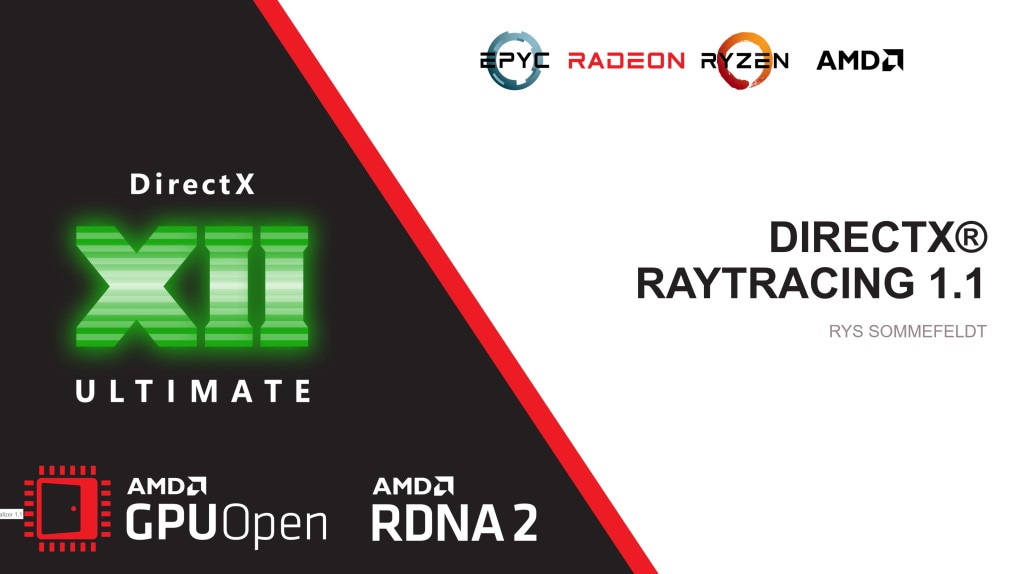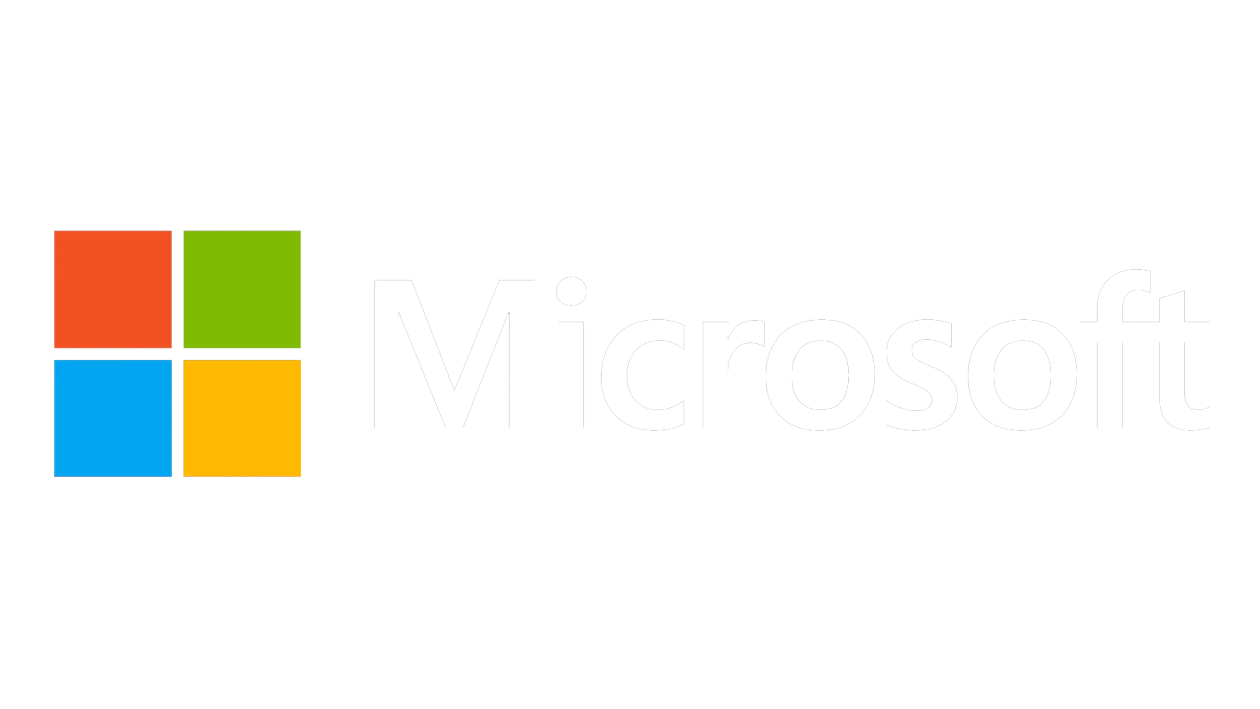
AMD RDNA™ 2 – DirectX® Raytracing 1.1 - YouTube link
Graphics feature architect Rys Sommefeldt provides a short presentation on the major advantages of the new API, and how to best utilize it on AMD RDNA™ 2-based hardware.

Microsoft® DirectX®12 provides low-level APIs for creating games and other graphics applications.
Here on GPUOpen, we not only provide tools and libraries to help you with the development of your Vulkan application, but we’ve produced quite a few detailed blogs and videos to support you along the way too.
Our engineers regularly present at industry conferences on topics relating to DirectX.
These links to YouTube videos will usually provide an opportunity to download the slides shown as well.
Don’t miss our other videos about DirectX and more available here on GPUOpen!
If you’re just getting started with DirectX12, these presentations are an excellent place to start to understand the concepts.
Don’t miss more presentations on DirectX and other topics available on GPUOpen!
Ready to put things into practice? Our “HelloD3D12” sample is a great way to get hands-on and see how everything works.
We have more DirectX samples further down the page too.
If you’re looking for some welcome help with allocating and managing memory, our Direct3D 12 Memory Allocator (D3D12MA) library is exactly what you need!
Our very popular Radeon Developer Tool Suite is a package containing several tools to help you analyze and optimize your DirectX application, and now includes ray tracing analysis.
Don’t forget, you can also find DirectX support with our FidelityFX effects. We also have other tools and SDKs which support DirectX.
Take a look at our dedicated DirectX 12 and DirectX 12 Ultimate pages here on GPUOpen.
There’s also plenty of blog posts that are about or mention DirectX12 to look through:

Explore the fantastic DirectX®12 Developer resources available from our partners at Microsoft®